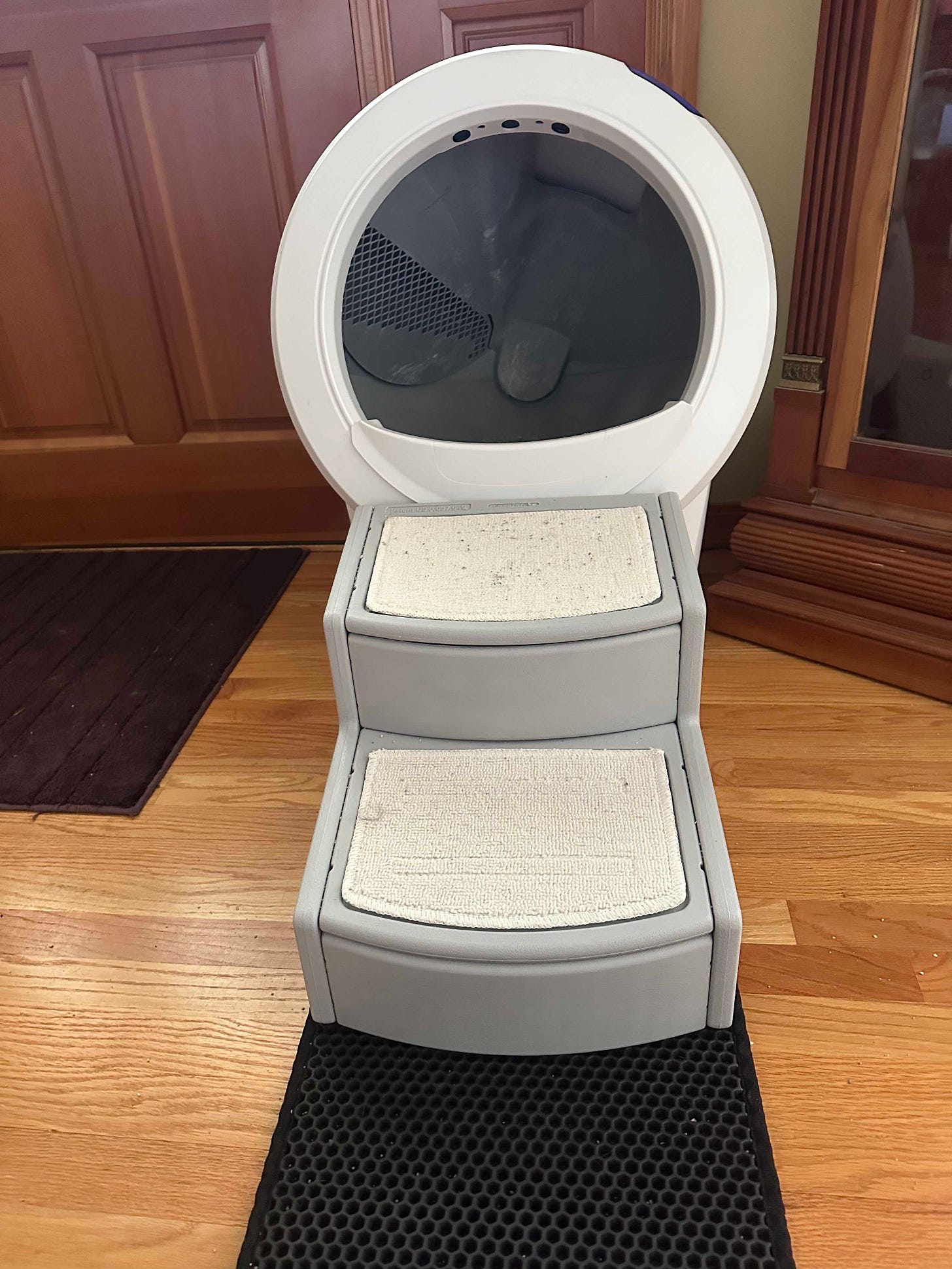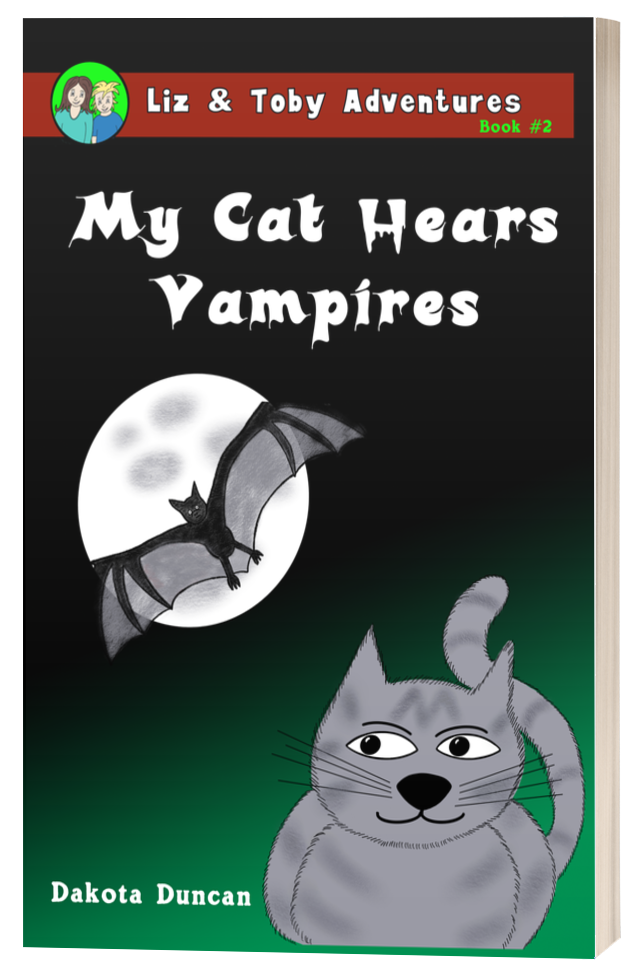Greetings!
Happy weekend! It’s been a busy week here and I have a few things to share, so I’ll just dive right in.
This Week
This week my wife and I took an online communications class about having difficult conversations. These are ones where there is polarization, high emotions, and the stakes are significant. We reached a place in class where we were learning about how to tell facts from “stories” we’ve made up about the person or situation. The stories are our ideas and opinions about what’s happening or why the other person is acting in a certain way. For instance, a coworker is late for a meeting and someone says, “That guy is so selfish. He’s always late.” It’s a fact he was late but the rest is probably more opinion than fact.
The stories we tell ourselves impact our emotions and therefore, how we react. If we can first recognize the stories and then change them, or get a new perspective, we can change our emotions and our actions will follow. This will lead to better, more cooperative conversations.
Later in the day while I was walking Kola Dog, I was getting annoyed by the little insects buzzing around me, worried I was about to be a snack for a mosquito. I realized I was telling myself a story about what was going on. It is a fact that something was flying around me and that I have been bitten by mosquitoes before. It was just a story that this flying thing was a mosquito and that it wanted to suck my blood. Obviously, we weren’t going to have a conversation about it but it made me wonder how often we judge animals not on facts, but on stories.
Look at the number of people who are afraid of dogs, bees, or skunks because of having a bad experience with one. Those people take the facts of their personal experience and apply them to all other animals of the same species, essentially making up a story about them. I wonder how those stories impact our interactions or even just our reactions.
I looked back at some of the past issues where I discussed whether an animal is seen as beneficial or a pest. It mostly depends on a person’s situation, such as if they are a farmer or gardener but also on the animals’ reputations. Our friends, the weasels, have a bad reputation for killing chickens, which can happen but they are also predators of mice and other rodents that harm crops and gardens. Another benefit to humans is that they are an important food source for larger predators and may keep them from going after farm animals. So, the stories we tell ourselves can be very different depending on our personal experiences.
These ideas seem rather obvious but what isn’t as clear is how much of an impact our stories have on our overall experiences, our lives? Are they limiting the way we interact with nature, what we observe, what we feel? Do stories keep us from enjoying a lake, or a warm summer evening out on the porch, or a walk in the woods? Alternatively, maybe they make some of us less concerned than we should be. I live in a place where there are no truly dangerous snakes, so I might not be cautious enough for my own good when in unfamiliar territory.
Stories can be useful in helping us get along in life. They alleviate the need for us to constantly evaluate all possibilities in any given situation. They can also get in our way and lead us to incorrect conclusions. I think the key is recognizing our stories frequently enough that we aren’t constantly living on auto-pilot so we can have fuller, richer lives. What do you think?
What About…?
Litter Robot Update

A little over a month ago, I wrote about our acquisition of a Litter-Robot 4 (here’s that issue). Even though it is large, our hopes were that we could use this in our RV so the litter box would stay clean all the time. Our boys are used to three litter boxes, so there is always a clean place to go, if that is important to them, which it sometimes is. Other times, I think their litter box issues are more about dominance games. Anyway, I wouldn’t want to get up a couple of times in the night when traveling to make sure the one box is always clean, you know?
A month in, Jasper, who tried it while we were still setting it up, has decided it is a perfectly fine litter box to use. He still uses the old ones sometimes but the Litter Robot is in the rotation. Max, on the other hand, seems to think it is mostly a device for his entertainment. As an example, last night, after Jasper used the Litter Robot, Max spread out on the floor about five feet away and stared at it as if his favorite TV show was about to come on. Due to the time delay after a cat has been in it, the cleaning cycle starts 7 minutes after the cat leaves. Oh, the anticipation! More than once we’ve seen Max peek in, then stand way back and wait for the time delay to end so the cleaning cycle starts. At least he’s somewhat interested in it.
He has used the box twice. He has only pooped in it. That was a couple of weeks ago. Since then, he has decided using the corner of the living room is preferable to using the Litter Robot or the old boxes. Max doesn’t do change well.
Other than only 50% of our cats using the new contraption, we are pleased with it. The motion activation sensors work well. The self-cleaning parts do what they should. The capacity is good. Odors have not been a problem. The machine is quiet, and the app works well. It shares the cat’s weight, what time they went in, and how full the waste drawer is, and also allows you to change things like the sensor timing. We really like it, except for the pesky part about Max not wanting to use it.
We are hoping that he will eventually adjust. We’ve not taken any trips, yet. We give Max treats and praise him when he goes near the big bad monster. He seems to accept that it lives with us now. He prefers to keep his distance but maybe someday, they will become friends.
If you like this issue, please click on the ❤️ at the bottom or top of this message. It’s good to know you are there enjoying what I put out into the world.
Best Trivia Tidbit

There are over 3000 species of stick insects, so named because they look like sticks, or sometimes, leaves. The largest currently on record measured 24.6 inches (62.5 cm) long.
Be kind to yourself - and spiders. When it comes to spiders in your house, trap them under a cup, slide a piece of paper under the rim, tip it over, and carry the little guy outside. No need for smashing.
Peace,
Dakota Duncan
If you are new to this newsletter, why not subscribe for free right now?
Did you know I wrote a children’s adventure book about bats, among other things? Check it out on my website: dakotaduncan.com or click on the book image below to go directly to Amazon.com.





We don't kill anything in our house-including stink bugs. Just use the cup and put them outside! Regarding your (very good) communication class: "We don't see things as they are; we see them as we are". Anais Nin.
Great post, Dakota! First of all, you got a lot of good material out of that class on communication. Thank you for sharing the pros and cons of "stories." I'm going to think on that concept, and share it with my clients. Also, the Litter Robot story made me laugh. I could just see Max laying there staring at it. Plus, I was highly amused that the thing tells you when the cat went in there and other pertinent facts. Also, re: the spider removal trick - yay! I use that for everything, including roaches. And I wish them well as I fling them outside from the cup. "Be on your way! Have a happy life!" 😁